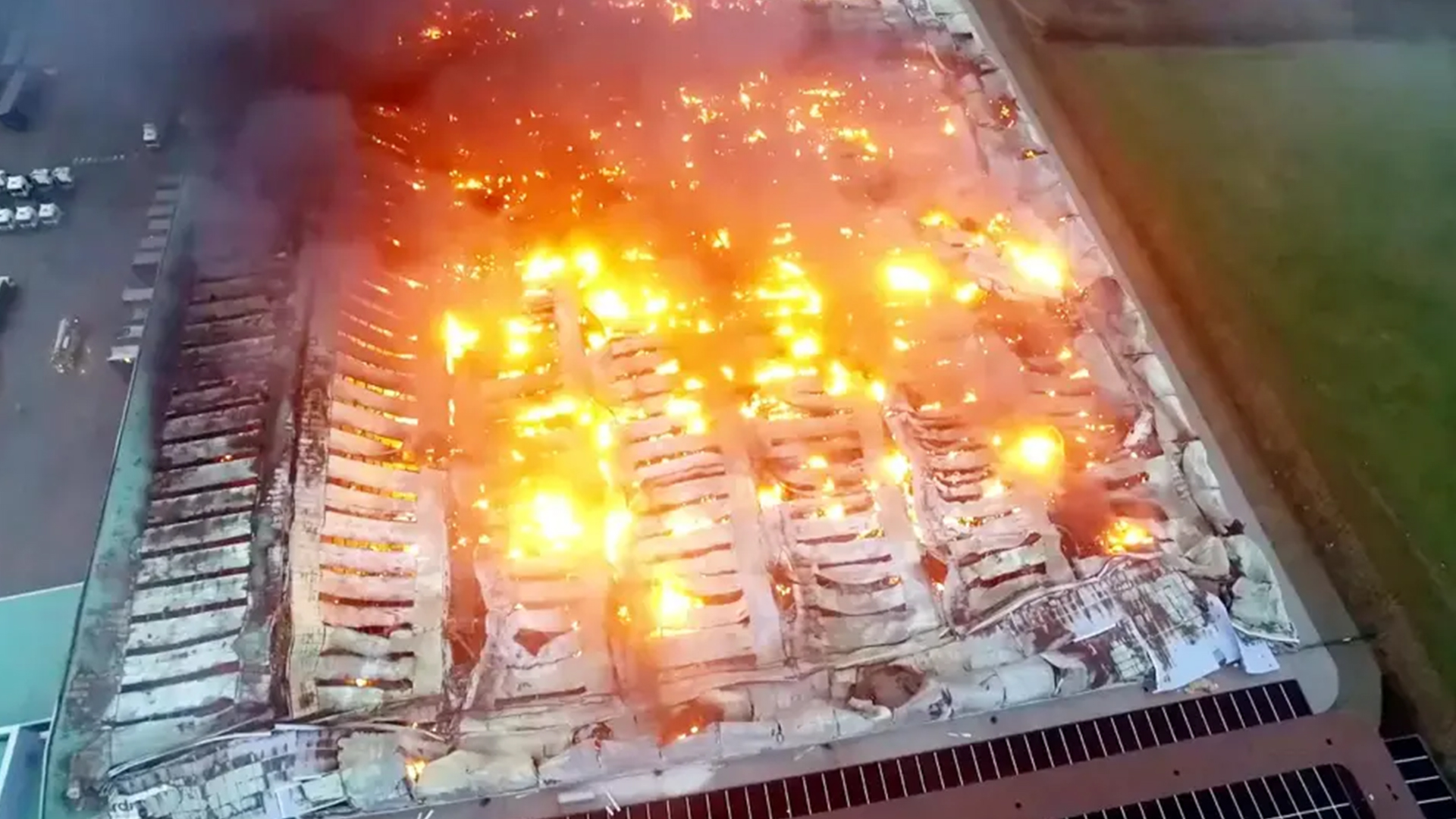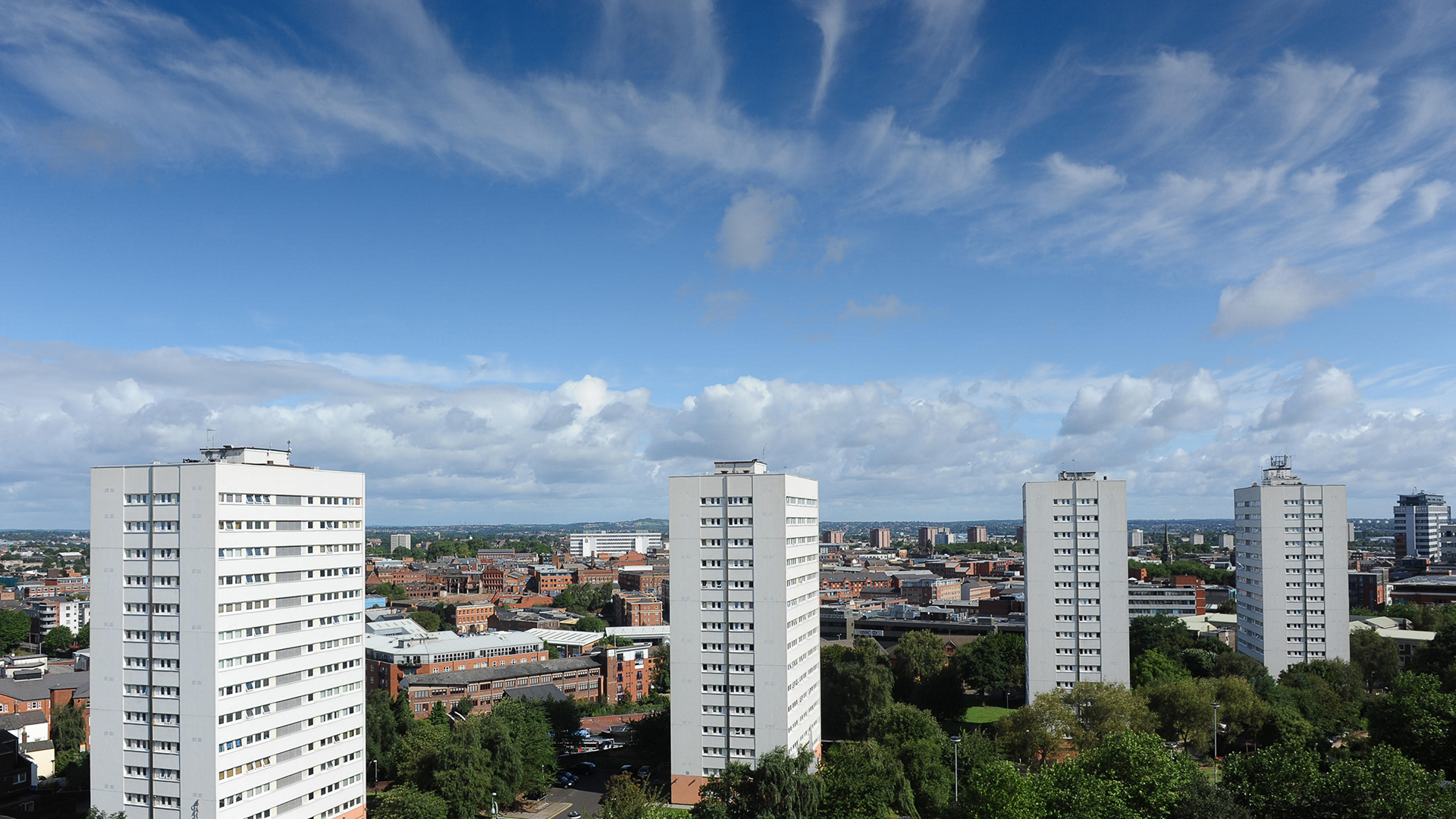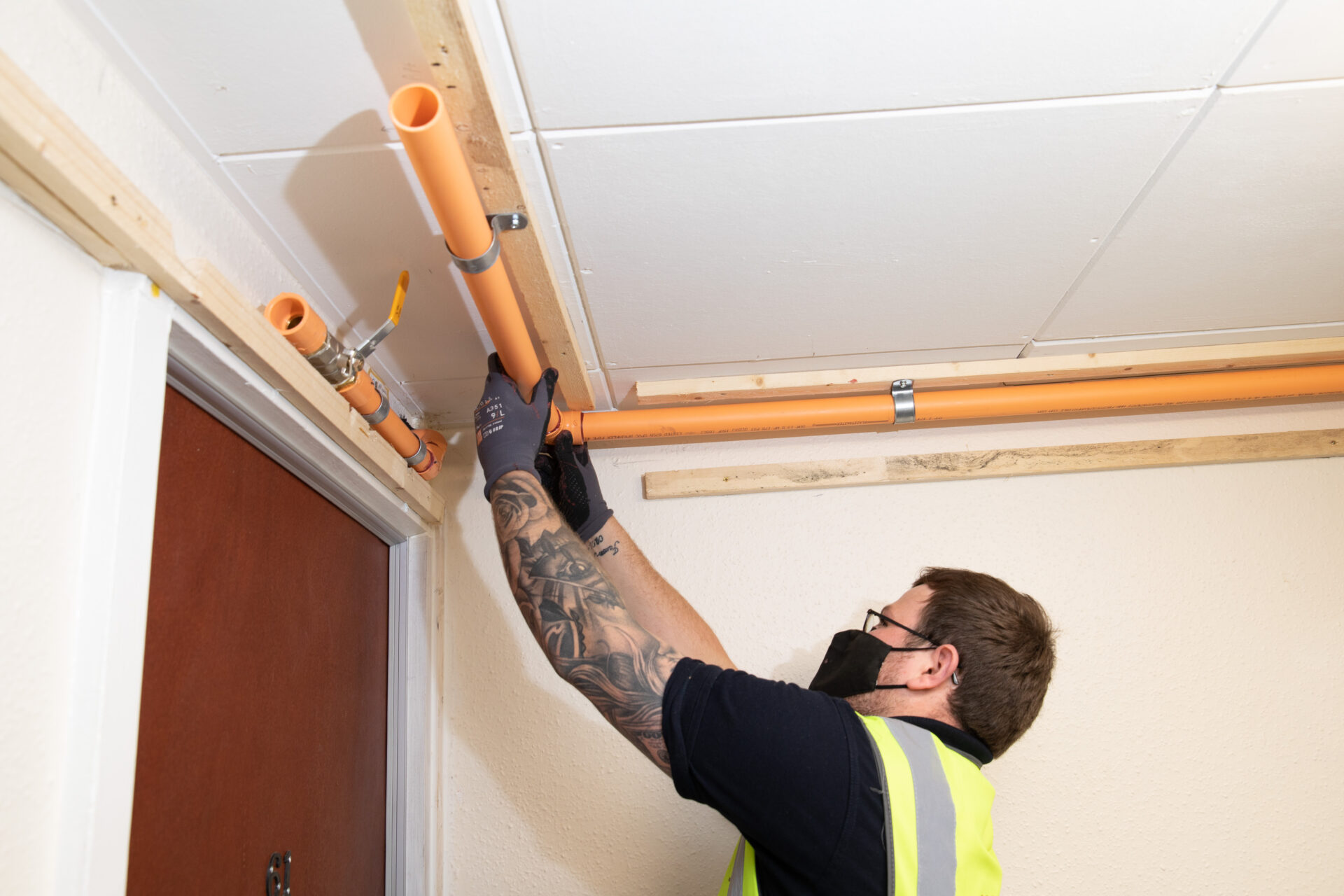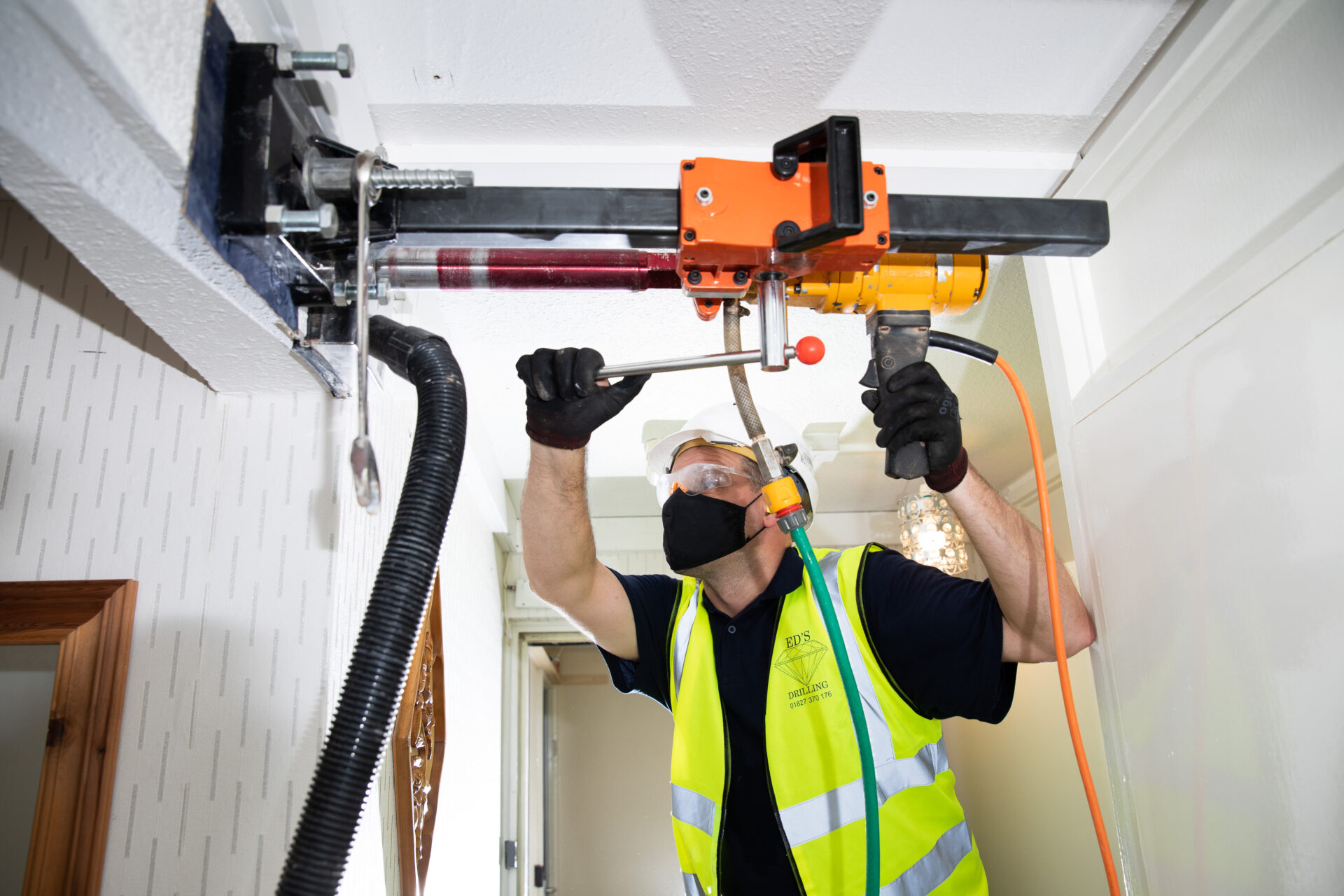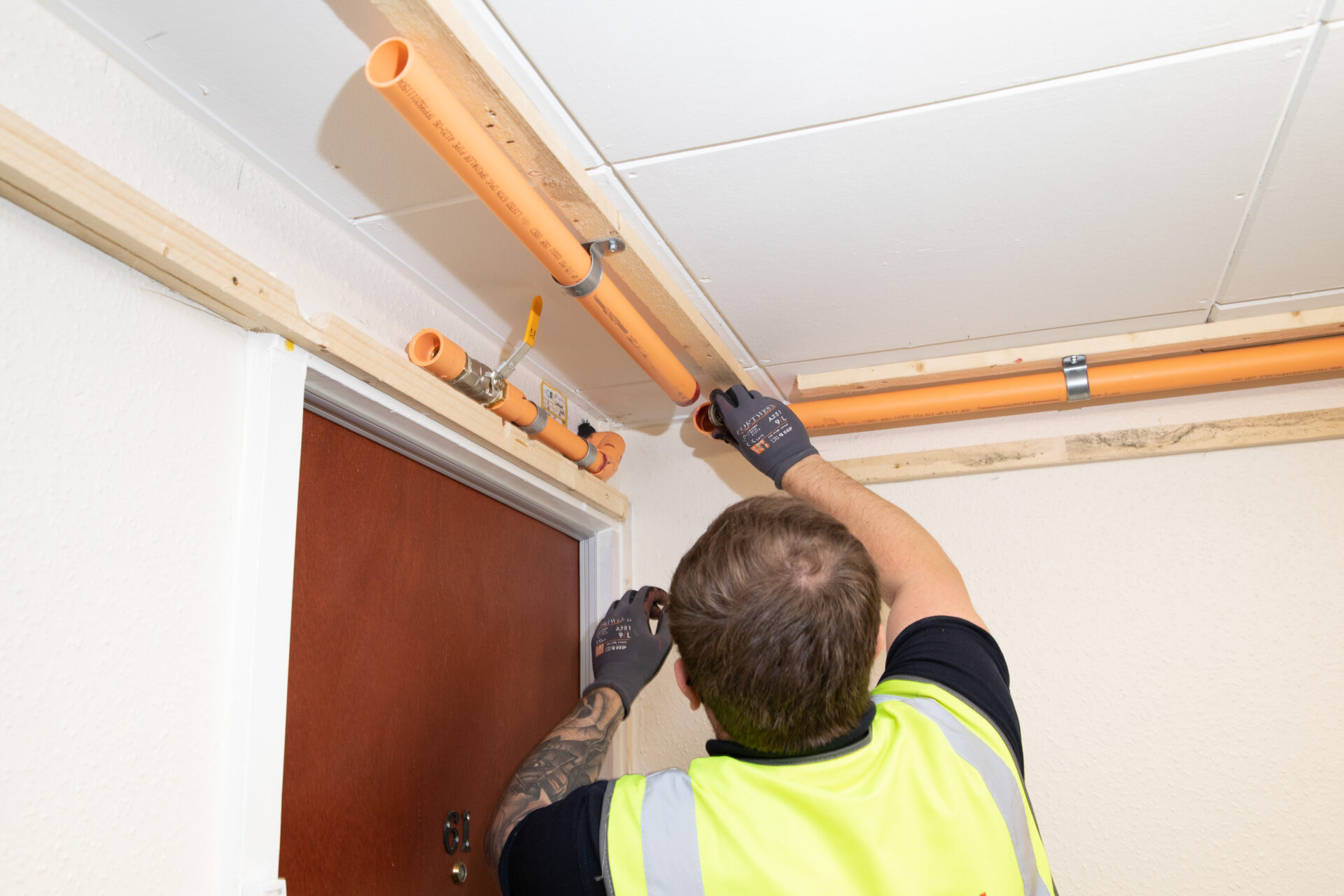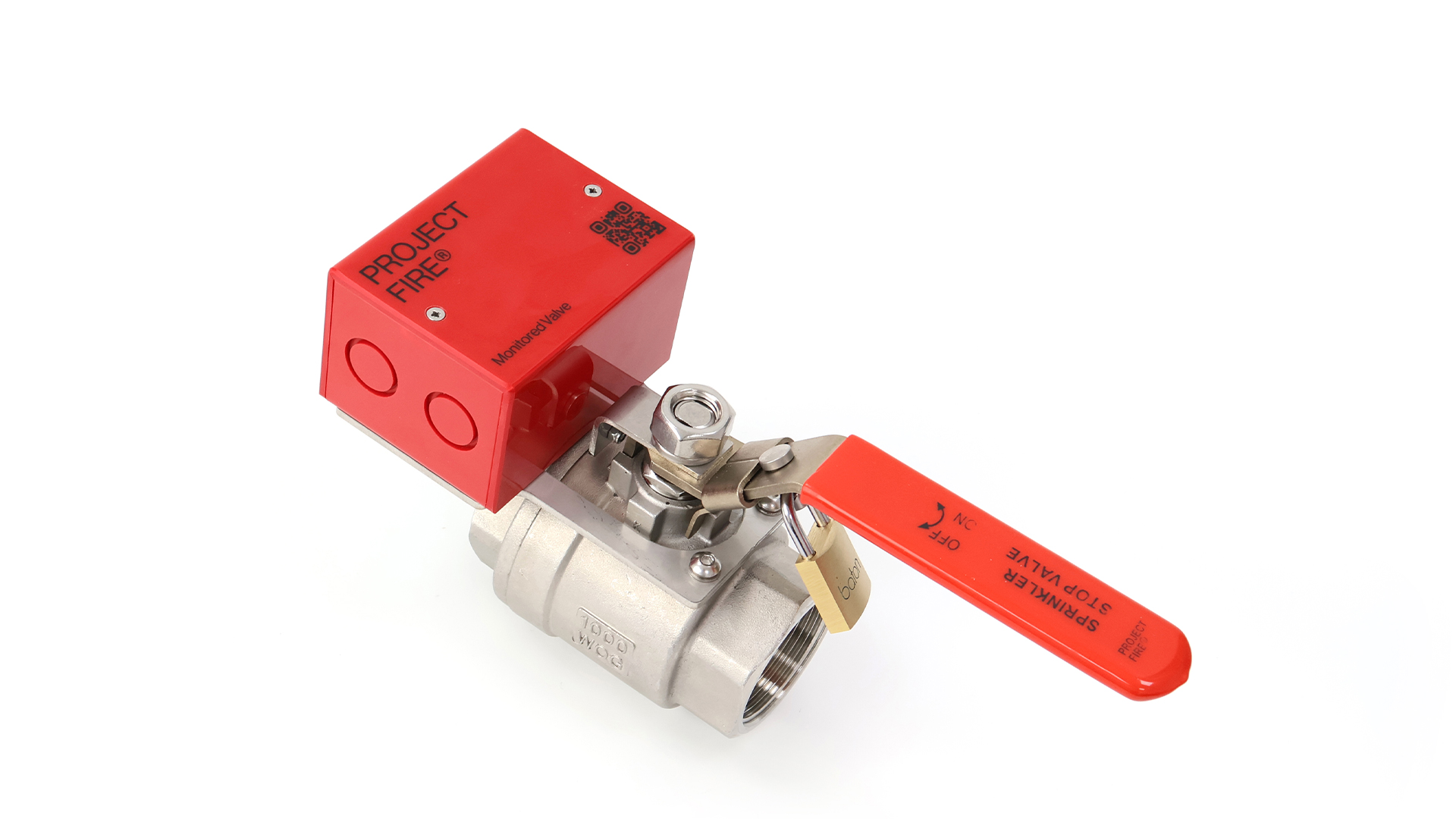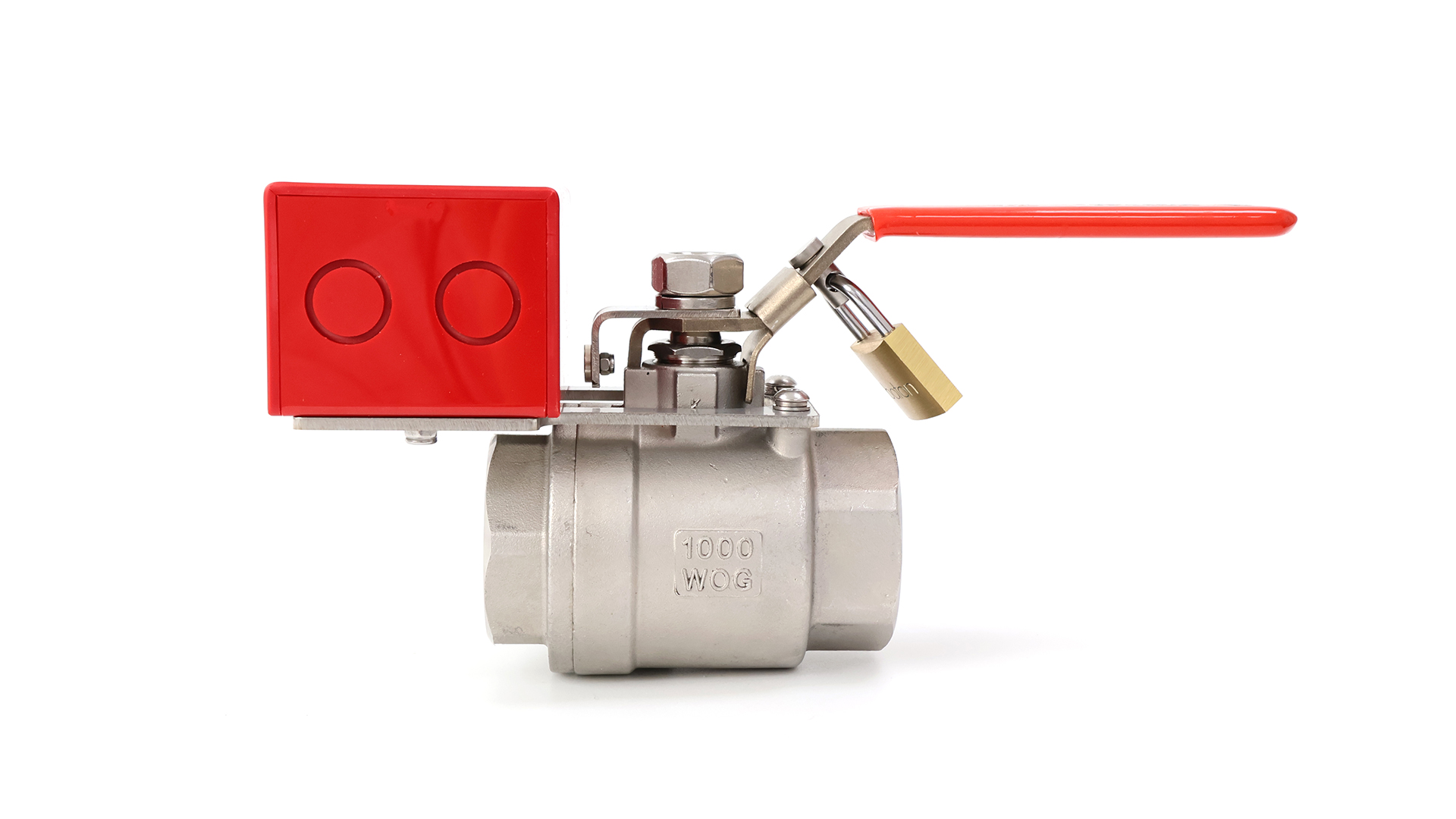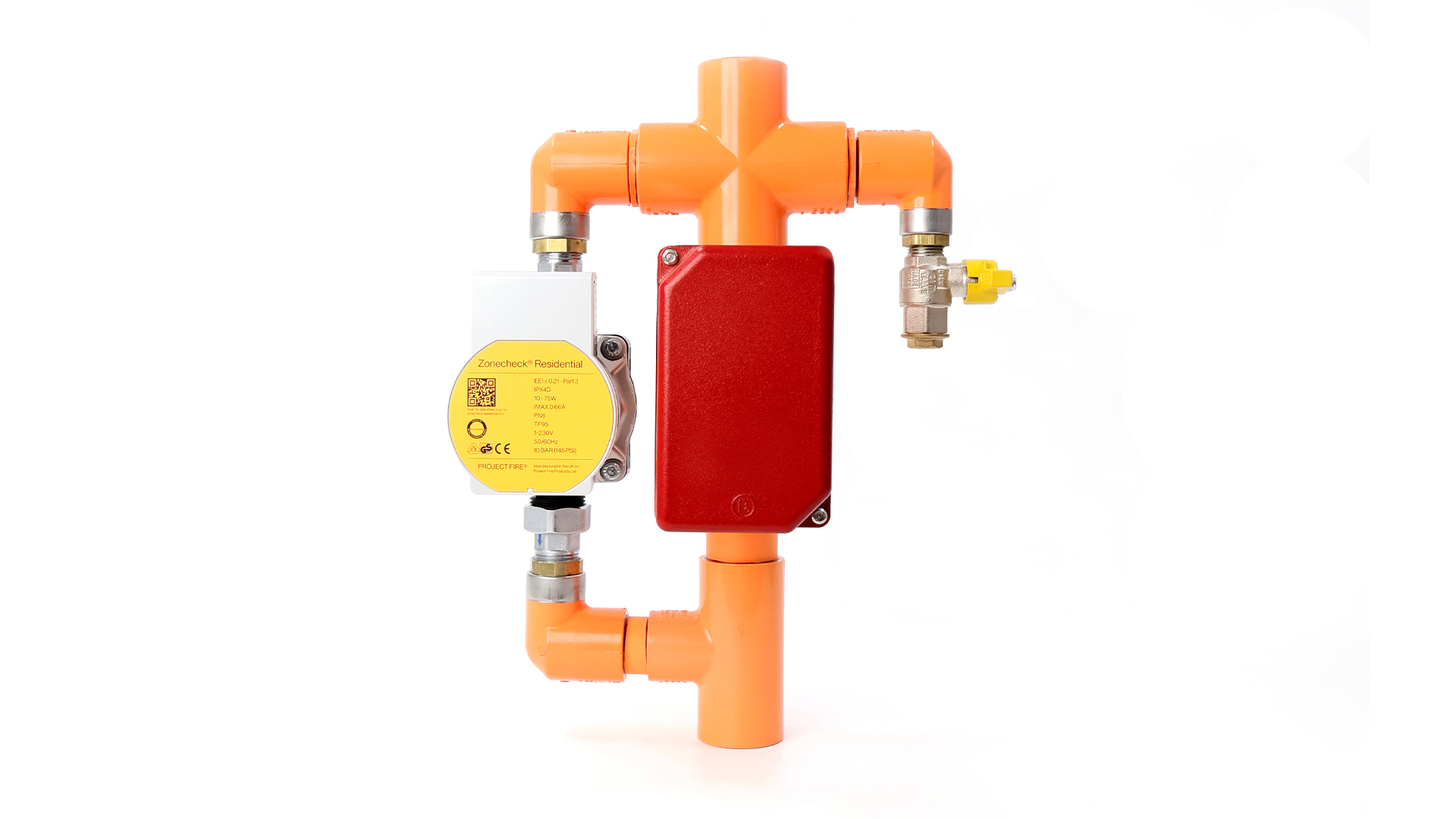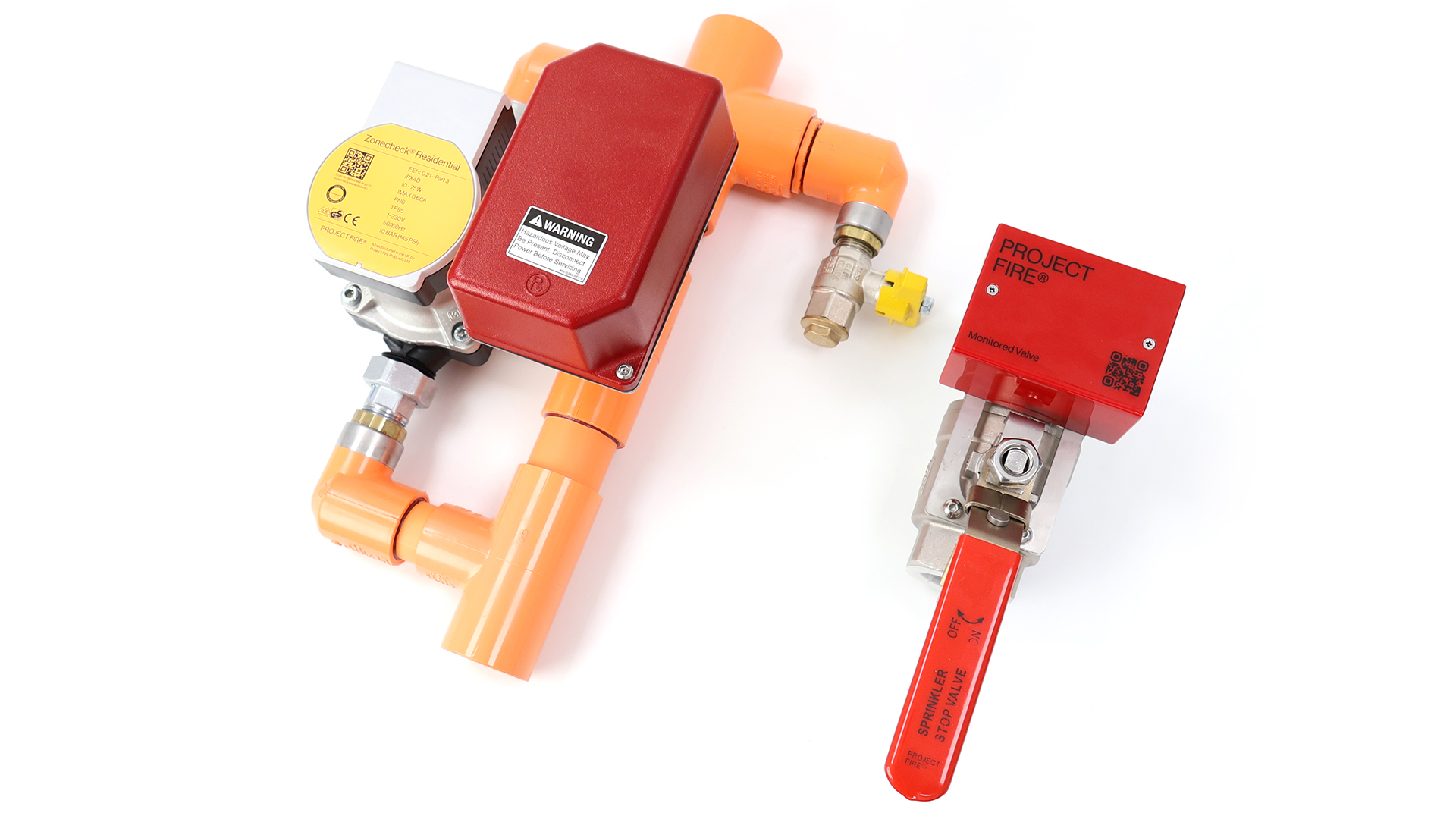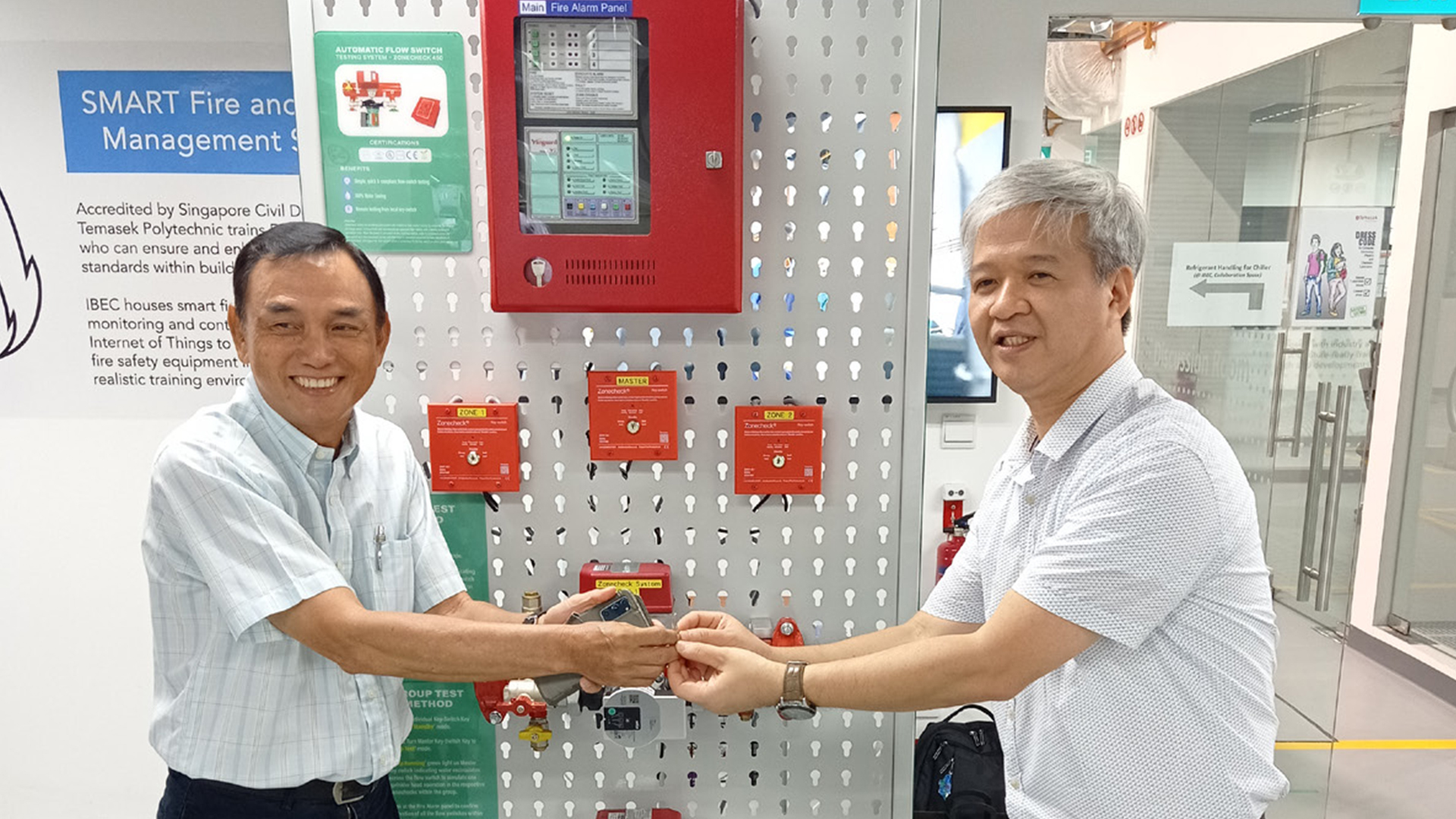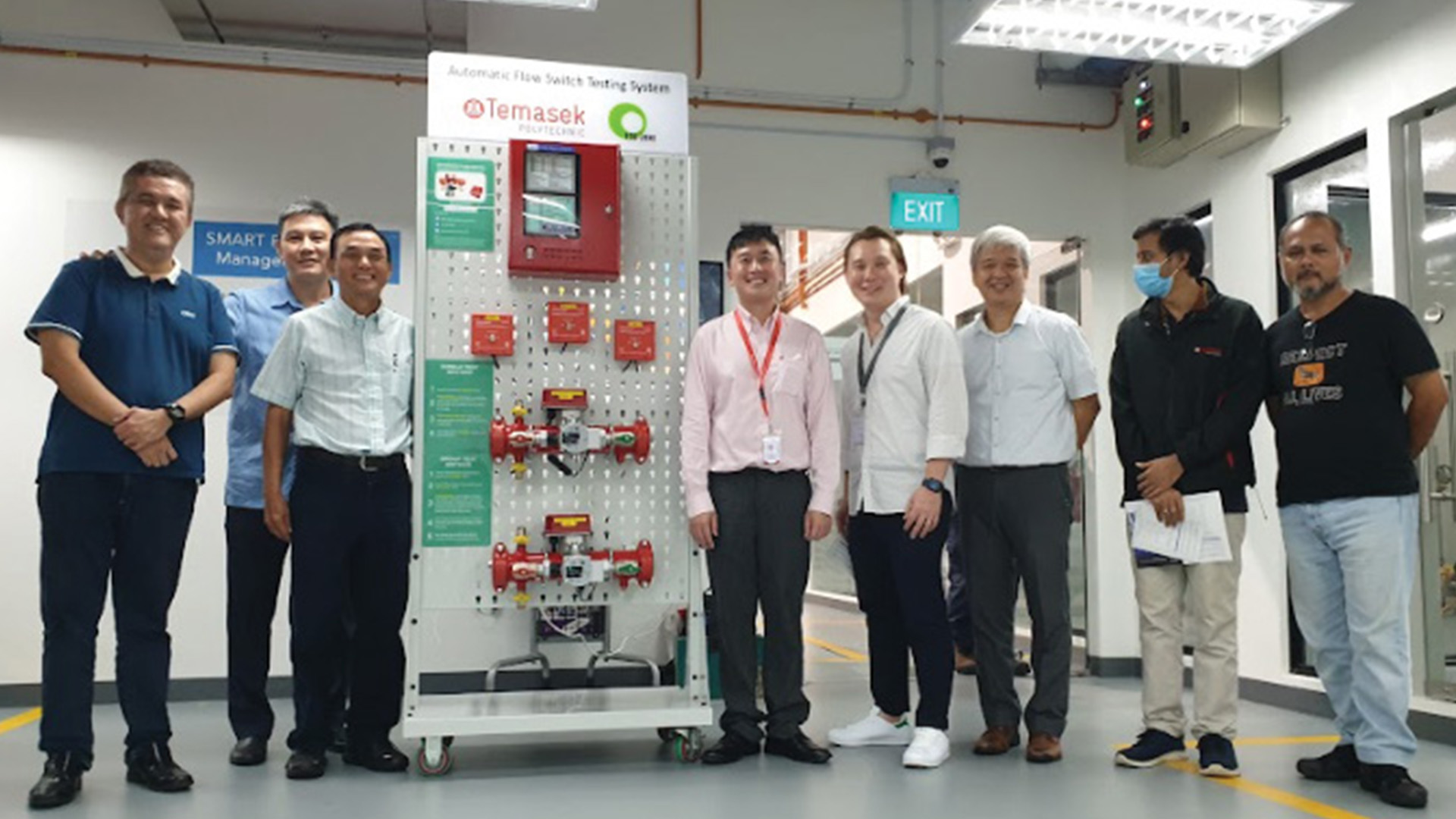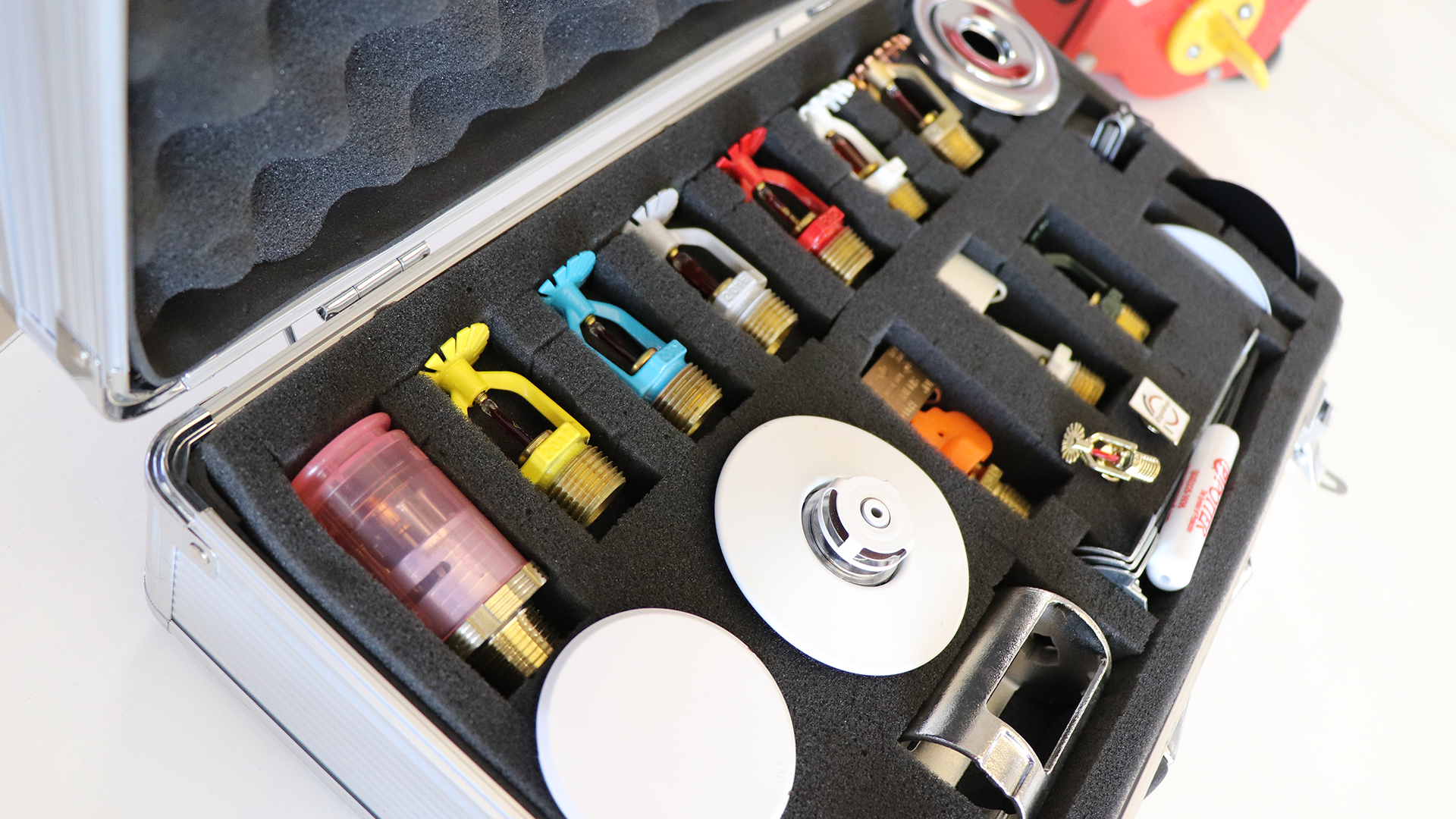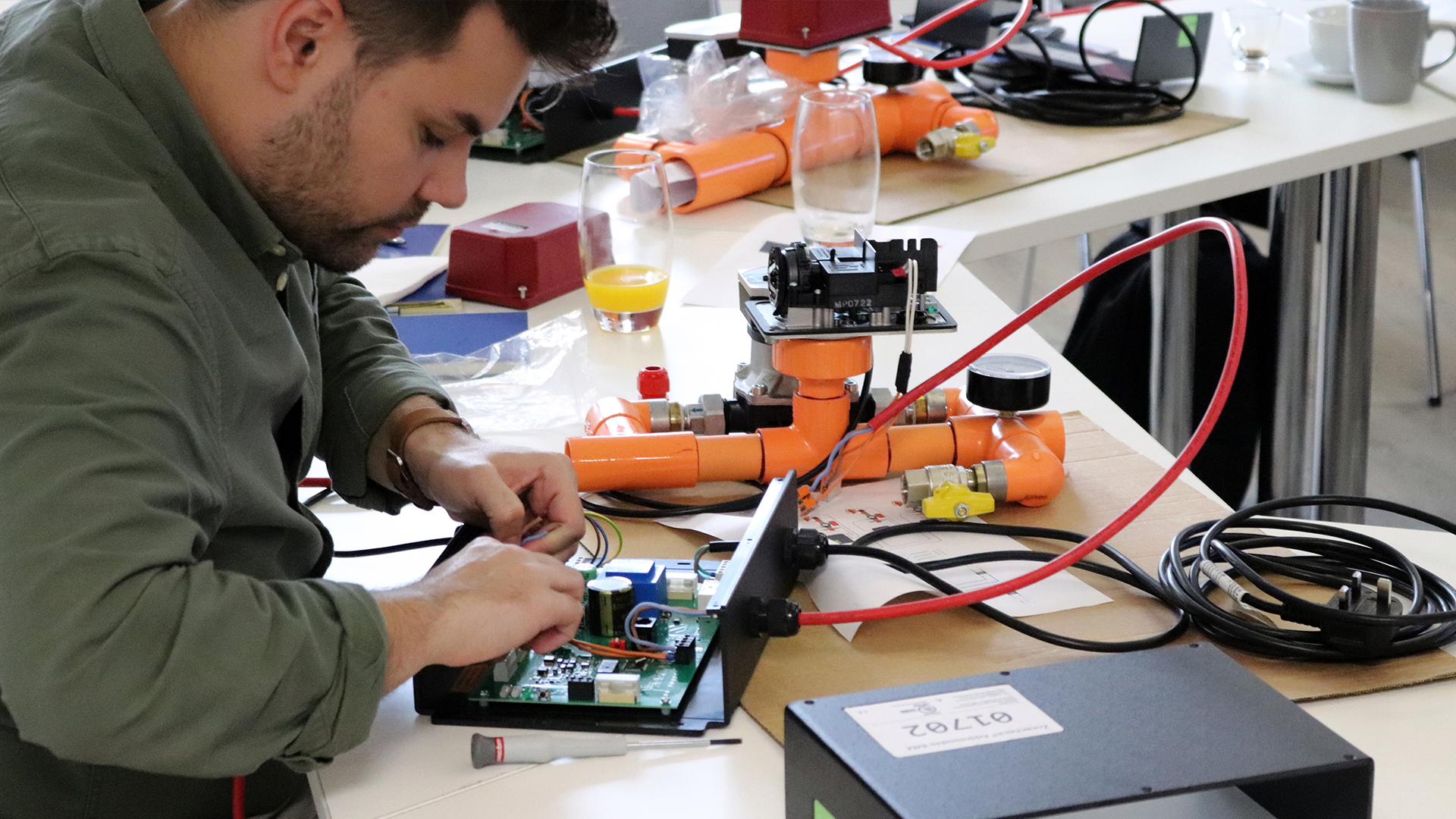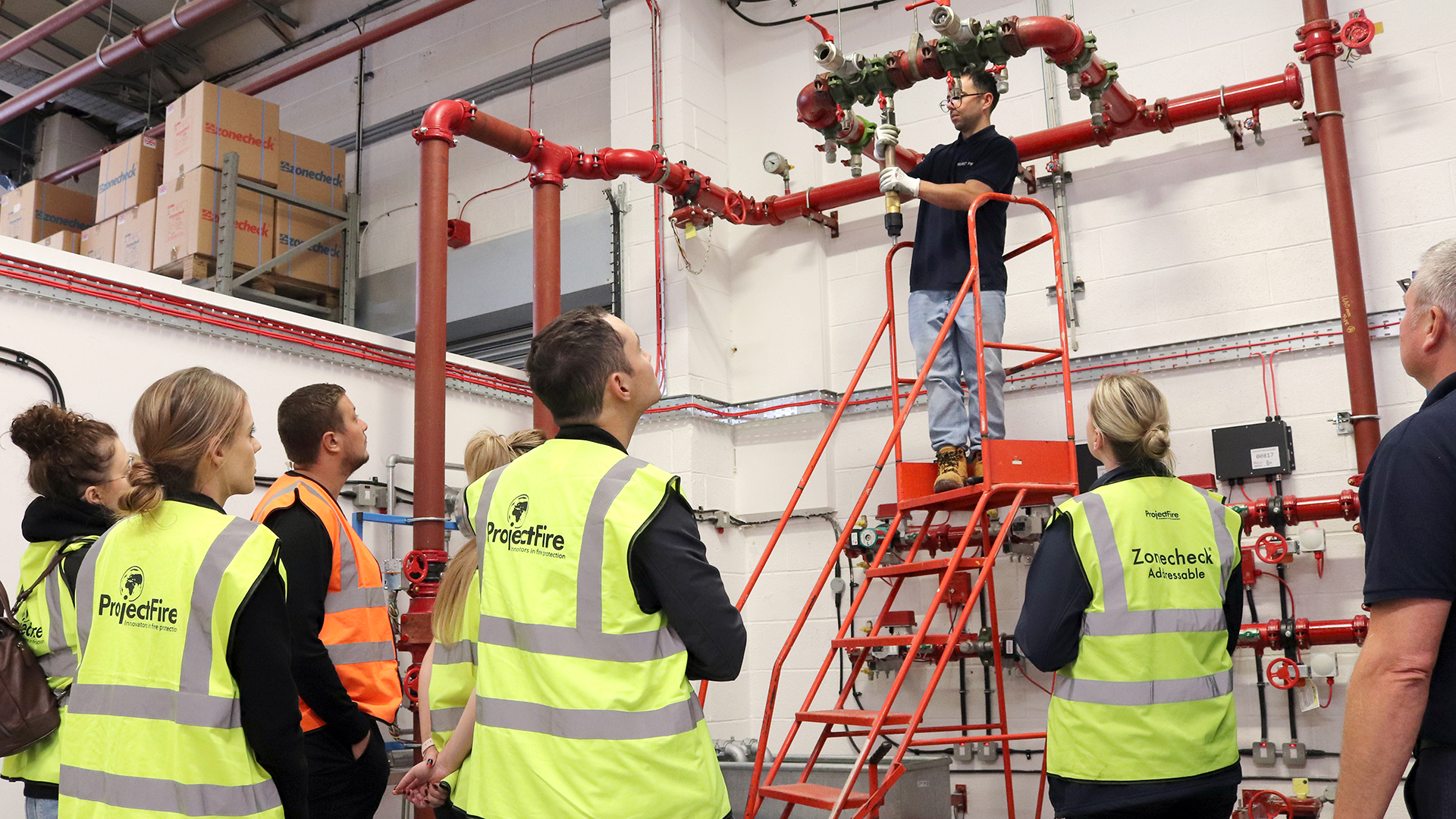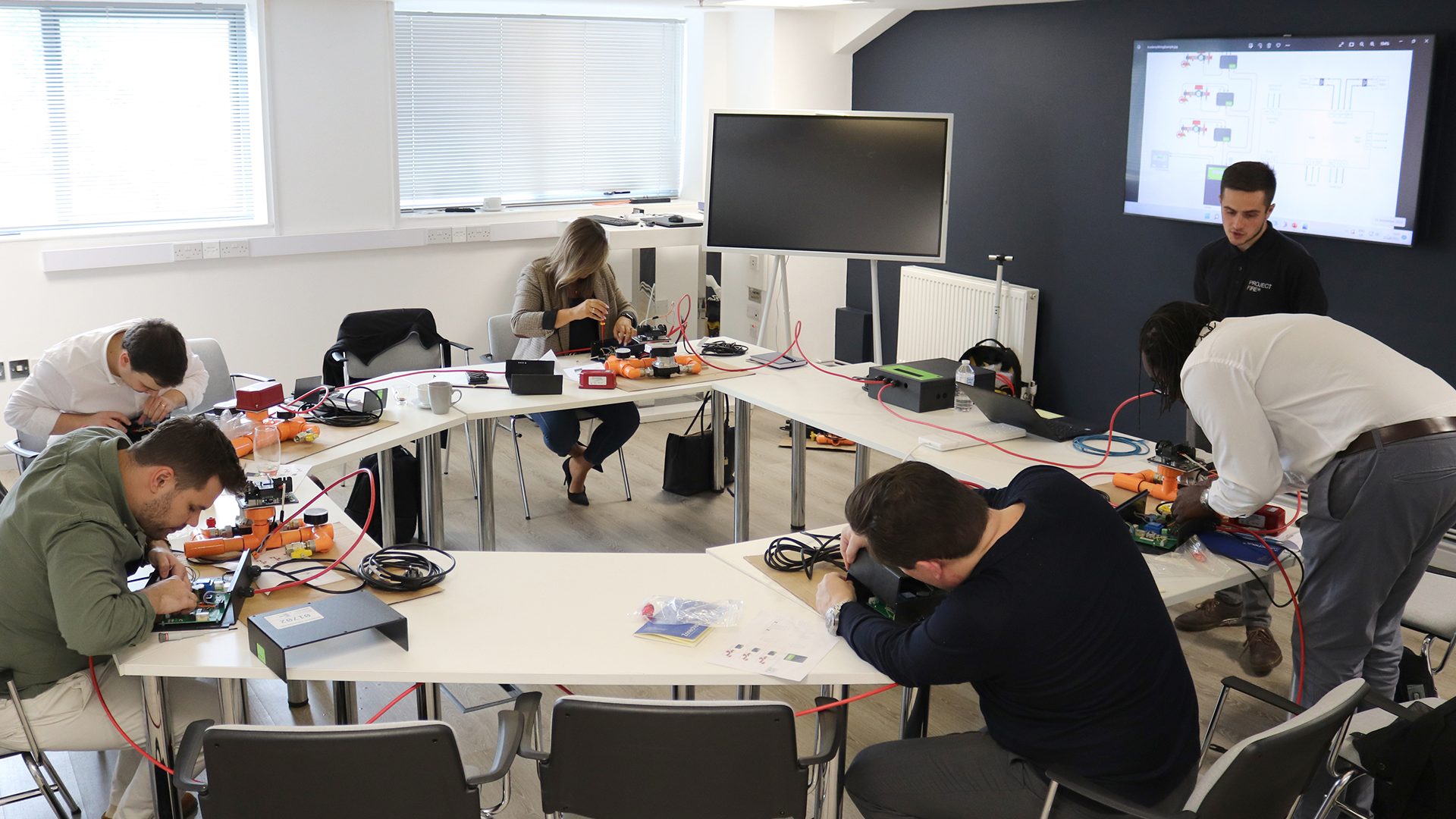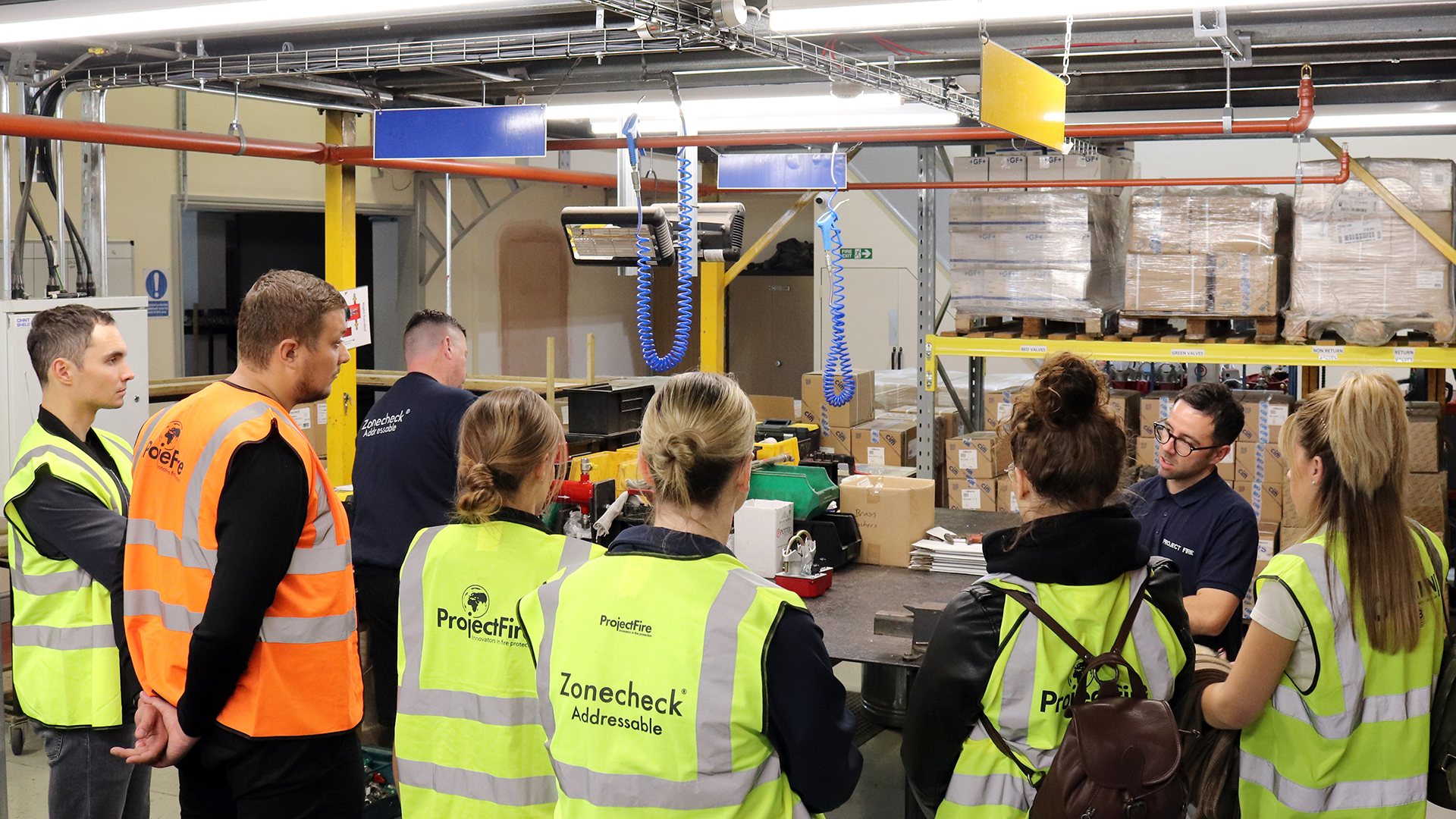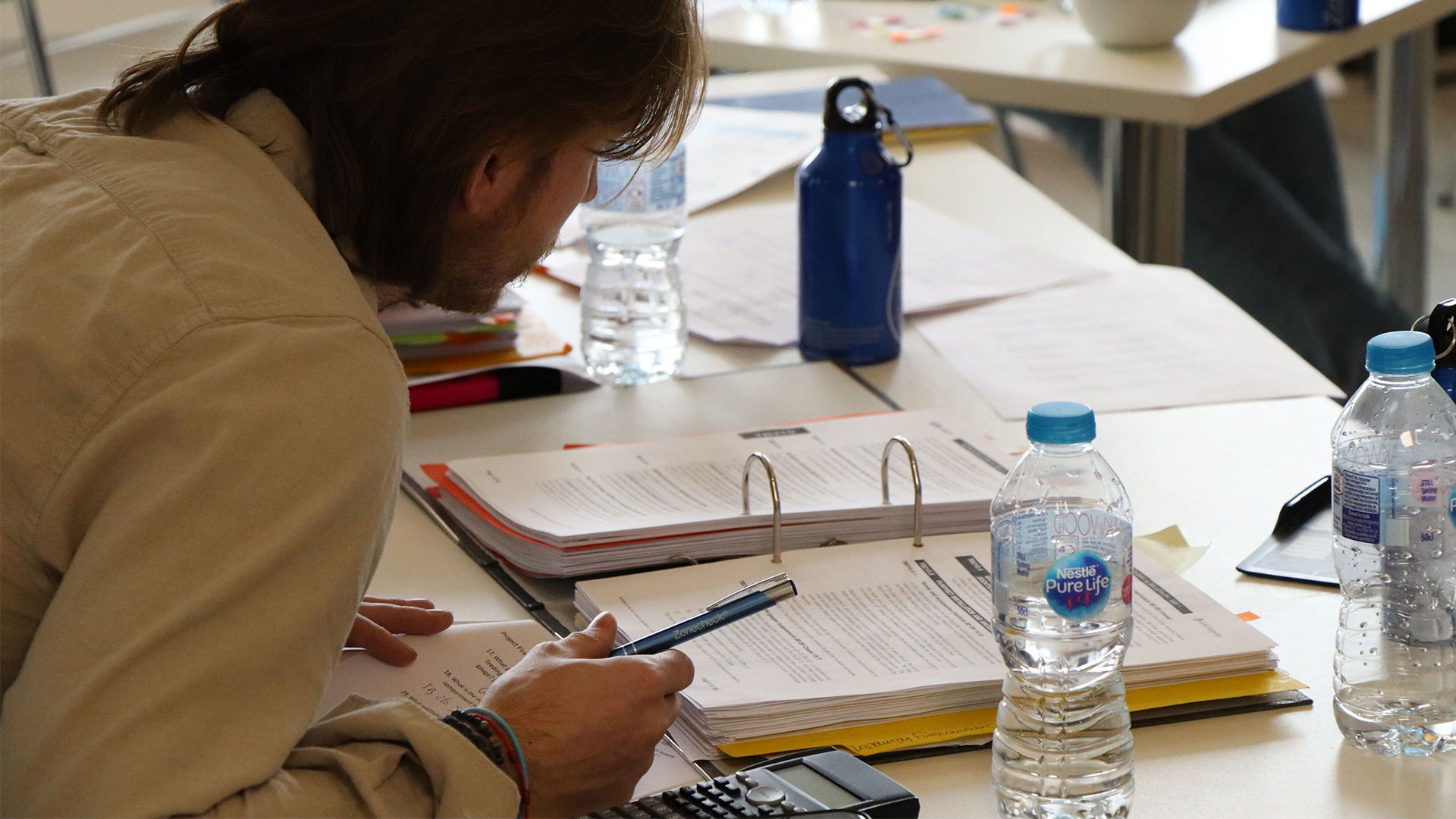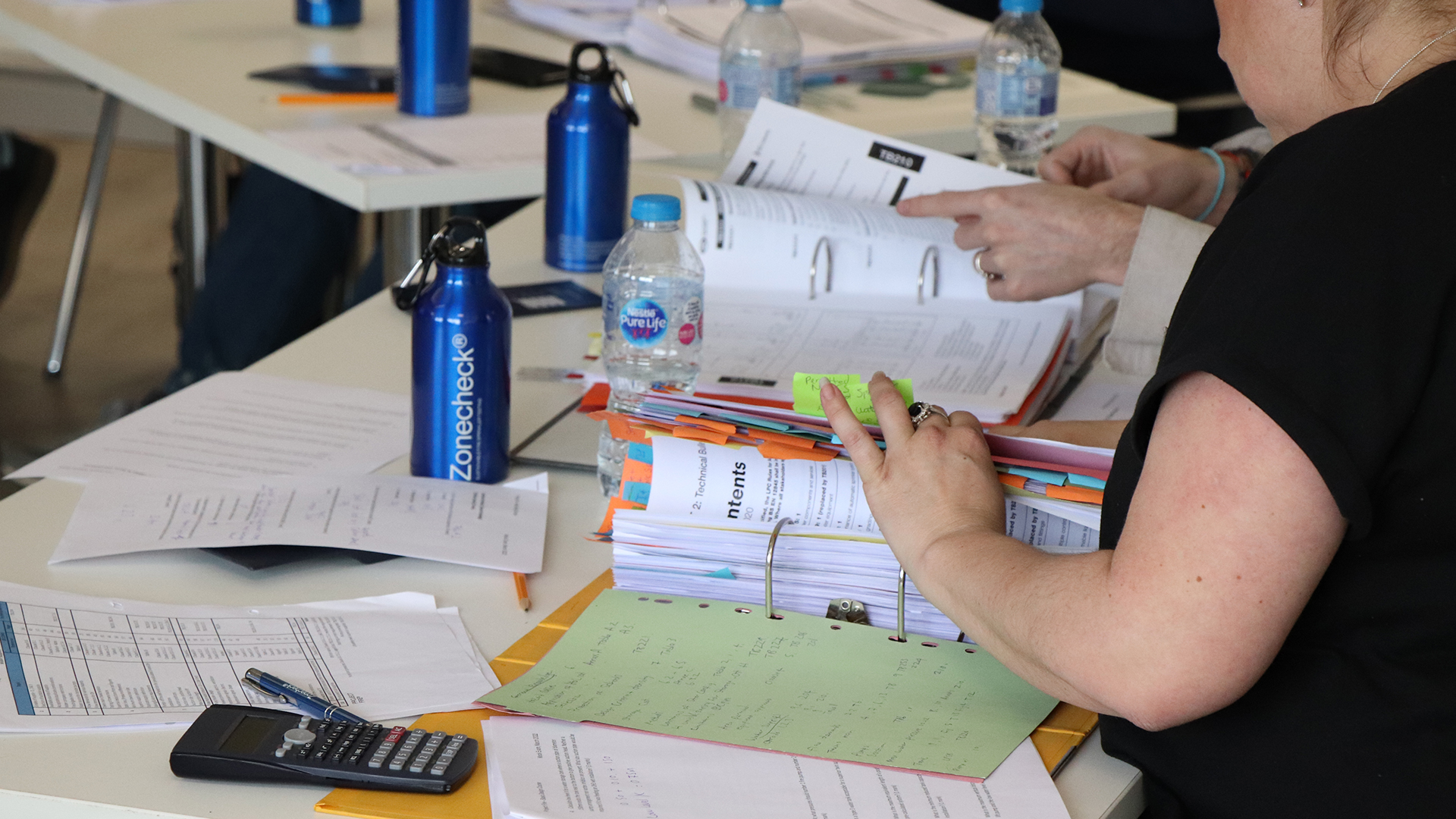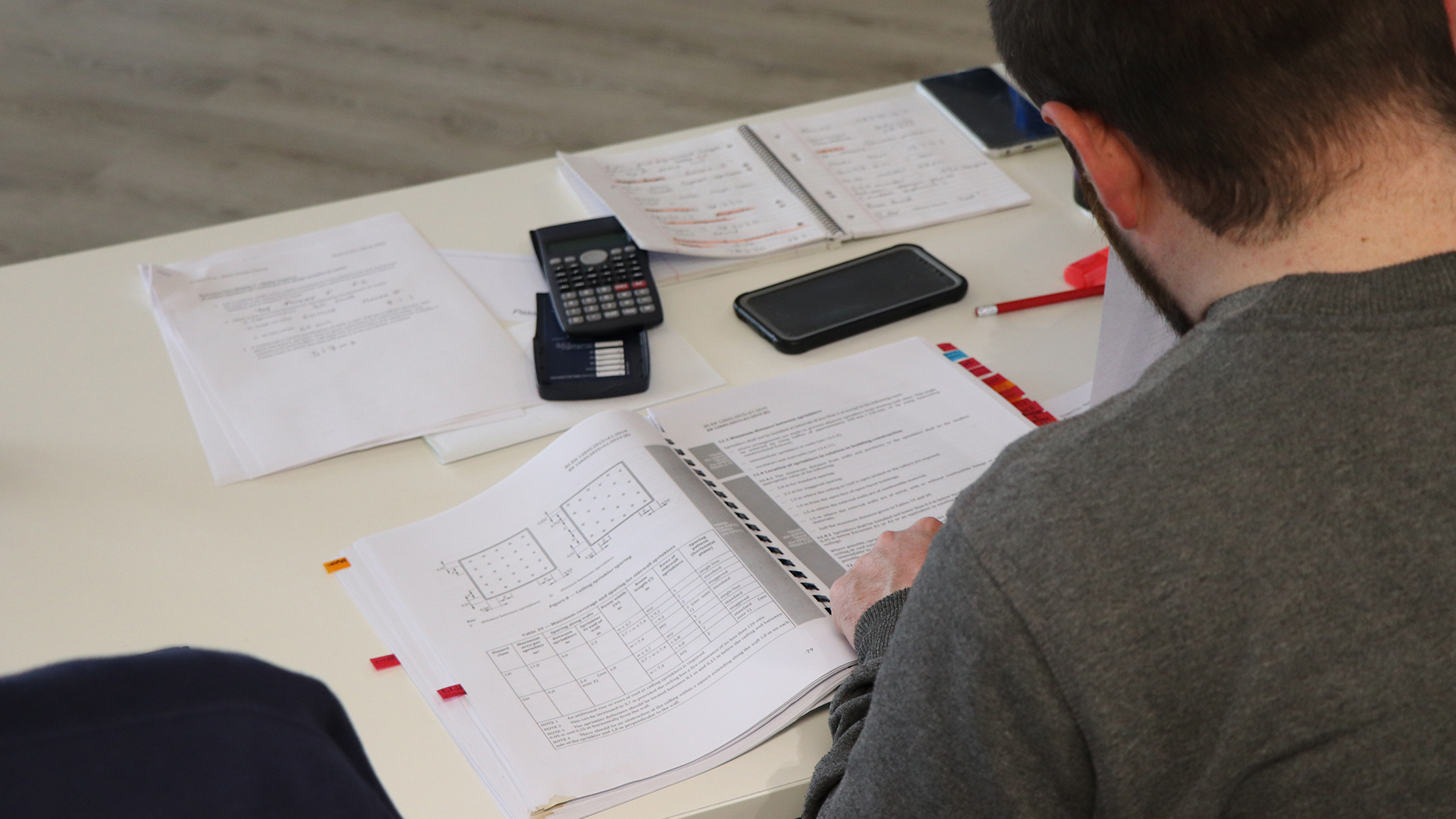How is a building sustainable if it is destroyed in a fire?
When it comes to sustainability and fire resilience nearly all green building schemes fall short, sustainability rating schemes should incorporate an evaluation of a building’s fire resilience. Fire safety is a critical aspect of building performance, and it’s essential to ensure that sustainability and fire resilience are not viewed as competing priorities, but rather as complementary goals that can be achieved together.
Currently, many schemes only rate the environmental, social and economic sustainability performance of a building across its life cycle. While the primary focus of sustainability rating schemes is on resource efficiency, it’s important to recognize that building fires can have significant environmental, social, and economic impacts, also, how is a building sustainable if it is destroyed in a fire?
Fires can result in the release of toxic fumes, greenhouse gas emissions, and water pollution. Additionally, they can have a devastating impact on people’s lives and property, as well as on the wider community. Incorporating credits for fire resilience and fire safety into green building schemes can help start to promote a more future proof approach to sustainability.
Sustainability was put to question when this warehouse in Daventry burned to the ground after being operational only for a matter of months, raising a fundamental question about how sustainable any building can be if it is destroyed in a fire. “Currently, none of the metrics that define sustainability consider fire or its impact. Fire is simply an issue that is not covered in these scoring schemes or for sustainability ratings.” – Iain Cox, Chairman of the Business Sprinkler Alliance
This could involve assessing a building’s fire safety features, such as, alarms and sprinkler systems to evaluating a building’s emergency response plan, and evacuation procedures, and monitoring the effectiveness of these measures over time.
Although many schemes emphasise that fire safety and sustainability in buildings share common goals, most do not award credits for fire resilience that go beyond existing building regulations. Integrating fire resilience into the frameworks of sustainable building rating schemes would help to promote a more comprehensive approach to sustainability that takes into account not only resource efficiency but also the broader environmental, social, and economic impacts of building fires.
This could involve assessing a building’s fire safety features, such as, alarms and sprinkler systems to evaluating a building’s emergency response plan, and evacuation procedures, and monitoring the effectiveness of these measures over time.
Furthermore, sustainability rating schemes could be used to incentivise the use of water and energy saving technologies, eradicating outdated and wasteful practices that are widespread throughout the industry.
By incorporating fire safety metrics into sustainability rating schemes, building owners and developers can ensure that they are taking a comprehensive approach to building performance that includes both sustainability and fire resilience. Helping to create safer and more sustainable buildings.
How is a building sustainable if it is destroyed in a fire?
When it comes to sustainability and fire resilience nearly all green building schemes fall short, sustainability rating schemes should incorporate an evaluation of a building’s fire resilience. Fire safety is a critical aspect of building performance, and it’s essential to ensure that sustainability and fire resilience are not viewed as competing priorities, but rather as complementary goals that can be achieved together.
Currently, many schemes only rate the environmental, social and economic sustainability performance of a building across its life cycle. While the primary focus of sustainability rating schemes is on resource efficiency, it’s important to recognize that building fires can have significant environmental, social, and economic impacts, also, how is a building sustainable if it is destroyed in a fire?
Fires can result in the release of toxic fumes, greenhouse gas emissions, and water pollution. Additionally, they can have a devastating impact on people’s lives and property, as well as on the wider community. Incorporating credits for fire resilience and fire safety into green building schemes can help start to promote a more future proof approach to sustainability.
HI STEVE, SO COULD YOU INTRODUCE YOURSELF AND WHAT YOUR ROLE IS WITHIN THIS PROJECT?
Yes of course, I work for Solihull Community Housing which is an ALMO, or an arm’s length organisation, linked to Solihull Council. We help the council to better understand and protect their residents in a council area that is one of the biggest in the UK with a diverse range of residents, including the vulnerable. The Council specifically gave us the Solihull Council retrofit project which involved 37 blocs. We needed to ascertain the best way to protect those residents from fire, this included sprinklers, but as part of a larger holistic fire protection system, including cladding, panels and fire alarms.
SO TELL ME A LITTLE BIT ABOUT THE PROJECT AND HOW IT CAME ABOUT?
Well, since the Grenfell tragedy, Solihull Council has been reviewing how they can better protect local residents against fire in the Solihull area. A feasibility report was created in 2018 to confirm without doubt that sprinklers were the best course of action to save lives. One of the reasons the report was commissioned is because there were specific engineering elements to review as the blocks were built in the 60s so the report needed to address if we could actually fit in the sprinklers.
AND I ASSUME YOU GOT THE GO AHEAD, DID EVERYTHING GO TO PLAN?
Yes we did, as we expected the report clearly confirmed sprinkler retrofitting was the best option to fully protect the residents in those high rises. We then created a project plan and started to install the systems in 2020. As fate would have it, during the sprinkler system installation phase the BS 9251 regulations changed and the new BS9251:2021 regulations were put into place. We had two options, either stay with the original project (which we were legally allowed to do) or redesign the entire plan from A-Z so is it becomes compliant with the new 2021 regulations and it is fit for the future.
SO YOU CHOSE TO REDESIGN THE SYSTEM TO BS9251:2021?
Yes, we chose to transform the project, so it was in line with the 2021 regulations. Protecting our residents is always our number one priority and as these regulations are a lot stricter it was logical to go with these to ensure we have done everything possible to ensure residents are fully protected from fire throughout the lifecycle of the 37 towers.
There was actually a substantial cost involved. If you think about the sheer size of the project, for example we needed 7 sprinkler heads per apartment, 2 sprinkler heads per common area. Then if you look at it in a larger sense that’s approximately 390 sprinkler heads installed per block, 14430 sprinkler heads across all 37 blocks with 63700m of CPVC pipework installed across the 37 blocks. There were 24 litre tanks, secondary power supplies to name just a few of the redesigning elements involved.
As resident safety was our number one reason for transforming the project the extra investment was deemed necessary and the project design was approved. What was actually really helpful during this stage was that Project Fire’s automatic testing and remote sprinkler monitoring system helped us to achieve the 2021 compliancy.
One we evolved the system to fully protect our residents we actually become the first council to adapt to the 2021 regulations in the UK.
THAT’S A GREAT EXAMPLE OF TAKING FIRE PROTECTION SERIOUSLY FOR RESIDENTIAL PROPERTIES. HAVE YOU ALREADY RECEIVED POSITIVE RESULTS?
Gosh tons. Firstly, we actually had a kitchen fire a few weeks ago in a property while the resident was in the home. Thanks to Project Fire’s monitoring system, we were immediately alerted that the sprinkler head was activated. The sprinkler put the fire out in seconds, and we were able to ring the fire service and tell them with precision where the fire was located. We got the system running again immediately as we knew exactly which flow-switch had been activated. It’s really impactful when you actually see the system at work, and you know that it has saved a life. We also know Project fire’s system is helping to protect our residents by ensuring the system remains in compliance . With a click of a button we can see every flow switch and control valve is being continually monitored and will be ready in case a fire happens again.
We also received such positive feedback positive feedback from the residents since we retro-fitted the sprinklers. We expected more resistance to change and prepared a huge communication campaign both online and door to door. But we largely received positive feedback. Residents feel more secure in their own homes and they really see now that the council has invested time and funding to ensure their safety. They really saw the fact that we were future proofing the entire neighbourhood and that we were forward thinking in how we would do that across the entire fire protection solution.
In fact, the benefits of retrofitting sprinklers went far beyond fire safety. We were really surprised to find that it also provided huge social responsibility benefits for both our residents and us as a council.
Photo credit: Dave Warren
SO YOUR FIRE SAFETY INITIATIVES ALSO ALLOWED YOU TO ENSURE RESIDENT SAFETY ACROSS THE BOARD?
Yes exactly. We retrofitted resident homes during the peak of the COVID-19 pandemic during 2020 and would often spend 3-4 days installing the sprinklers systems which meant we were often a lifeline and the only contact available to them. We were able to identify very quickly other support that the resident might need and contacted the relevant council department who then got immediately in touch with the resident to fully support them. It truly opened up a door, literally and figurately. And that engagement and contact with the residents has revolutionised the way we work and invest in the neighbourhood. We are now fully addressing all aspects of resident safety, whether that is fire, mental health, financial or employment opportunities.
We also wanted to make sure that this project re-invested in the local economy as part of a wider social value objective. So we picked suppliers that are not only innovative and leaders in their field but they also had to be local.
Since project completion, we also applied for Digital Innovation in Fire 2023 Award. We hope that our forward thinking design choices and innovative fire products we installed for the Solihull project will go a long way towards winning the award.
FINGERS CROSSED! SPEAKING OF SUCCESSES WHAT WOULD YOU SAY WERE THE BIGGEST FOR THIS PROJECT?
As I mentioned before, definitely community engagement. We originally thought we would be installing a state of the art sprinkler system to protect our residents and that’s it. Now we understand that fire safety is part of a larger citizen safety piece. And once you connect truly with each resident on one safety element you can join the dots for the others and create a quality place to live where resident feel safe and secure.
The other big success for me was being able to future proof fire safety through the installation of many different fire protection products, including Project Fire’s testing and monitoring system. For residents to be fully protected, sprinklers need to be part of a larger fire protection strategy that complies with the latest regulations and innovations in the industry. Fire safety is a holistic solution, and it is the responsibility of everyone involved to ensure what is provided to residents is compliant and long-lasting.
WE TOTALLY AGREE. AND WHAT WOULD YOU SAY WERE THE LESSONS LEARNT FOR THIS PROJECT THAT WOULD HELP OTHER RESIDENTIAL PROJECTS SUCH AS THIS ONE?
Definitely engage with the community as early as possible. We engaged with them right before the start of the project, but looking back it would have been useful to do it even earlier than that. Mediating between the resident and the fire protection solution was definitely one of the most important roles we had during the project.
I would also say stay open to what the project truly needs and try and achieve that in a realistic way. Always bear in mind that when retrofitting in residential properties there is a huge social responsibility, so resident safety should always be considered number one and everything else comes second.
THANKS STEVE. GLAD TO SEE SOLIHULL COUNCIL IS SO COMMITTED TO ITS RESIDENTS FOR NOT JUST FIRE SAFETY BUT PROTECTING THE COMMUNITY AS A WHOLE. LOOKING FORWARD TO HEARING IF YOU WIN THAT AWARD!
Project Fire is invested in developing solutions for both residential and domestic properties that use the latest fire sprinkler technologies protecting buildings and people from fire. For more information on this project or on the innovative fire protection solutions we’re working on contact us here.
Residential zone packages including remote automated sprinkler system testing and monitoring.
With the recent updates to BS 9251:2021 residential sprinkler code standards, we have been working to deliver cost effective residential zone equipment packages developed for use with our range of residential and addressable solutions, offering fully automated sprinkler testing and monitoring.
We now offer Zonecheck Residential with a monitored valve, simplifying ordering and delivery of residential zone equipment. Valves can also be ordered separately as required with CPVC adaptors includes for easy on-site installation.
Residential system solutions
Our residential packages are designed to offer alarm, testing and monitoring equipment required for zones on residential systems, with the option of void or riser installation of Zonecheck with either a standard 15mm valve or a full bore drain and pressure gauge with no loss connector (depending on the systems requirements).
Supplied with either a key-switch for standalone applications or IMM for automated testing and monitoring (requires controller). More on residential zone packages here.
How is a building sustainable if it is destroyed in a fire?
When it comes to sustainability and fire resilience nearly all green building schemes fall short, sustainability rating schemes should incorporate an evaluation of a building’s fire resilience. Fire safety is a critical aspect of building performance, and it’s essential to ensure that sustainability and fire resilience are not viewed as competing priorities, but rather as complementary goals that can be achieved together.
Currently, many schemes only rate the environmental, social and economic sustainability performance of a building across its life cycle. While the primary focus of sustainability rating schemes is on resource efficiency, it’s important to recognize that building fires can have significant environmental, social, and economic impacts, also, how is a building sustainable if it is destroyed in a fire?
Fires can result in the release of toxic fumes, greenhouse gas emissions, and water pollution. Additionally, they can have a devastating impact on people’s lives and property, as well as on the wider community. Incorporating credits for fire resilience and fire safety into green building schemes can help start to promote a more future proof approach to sustainability.
Eco-Zone Technology Pte Ltd has been instrumental in promoting the benefits of sustainable testing in the Asian market. Their recent collaboration with Temasek Polytechnic, a pioneering institution for design based in Singapore now demonstrates Zonecheck as a part of their training school, during the hand over ceremony Mr. Efren Balajadia IBEC (Head of Integrative Built Environment Centre) was delighted to have our sprinkler testing equipment designed into the curriculum at Polytechnic.
The IBEC will now introduce Zonecheck to students, partners and the wider industry to help promote to use of sustainable technologies and reduce carbon footprint of testing and maintaining sprinkler systems.
Our growing network of distributors can be found here.
Residential zone packages including remote automated sprinkler system testing and monitoring.
With the recent updates to BS 9251:2021 residential sprinkler code standards, we have been working to deliver cost effective residential zone equipment packages developed for use with our range of residential and addressable solutions, offering fully automated sprinkler testing and monitoring.
We now offer Zonecheck Residential with a monitored valve, simplifying ordering and delivery of residential zone equipment. Valves can also be ordered separately as required with CPVC adaptors includes for easy on-site installation.
How is a building sustainable if it is destroyed in a fire?
When it comes to sustainability and fire resilience nearly all green building schemes fall short, sustainability rating schemes should incorporate an evaluation of a building’s fire resilience. Fire safety is a critical aspect of building performance, and it’s essential to ensure that sustainability and fire resilience are not viewed as competing priorities, but rather as complementary goals that can be achieved together.
Currently, many schemes only rate the environmental, social and economic sustainability performance of a building across its life cycle. While the primary focus of sustainability rating schemes is on resource efficiency, it’s important to recognize that building fires can have significant environmental, social, and economic impacts, also, how is a building sustainable if it is destroyed in a fire?
Fires can result in the release of toxic fumes, greenhouse gas emissions, and water pollution. Additionally, they can have a devastating impact on people’s lives and property, as well as on the wider community. Incorporating credits for fire resilience and fire safety into green building schemes can help start to promote a more future proof approach to sustainability.
HI STEVE, SO COULD YOU INTRODUCE YOURSELF AND WHAT YOUR ROLE IS WITHIN THIS PROJECT?
Yes of course, I work for Solihull Community Housing which is an ALMO, or an arm’s length organisation, linked to Solihull Council. We help the council to better understand and protect their residents in a council area that is one of the biggest in the UK with a diverse range of residents, including the vulnerable. The Council specifically gave us the Solihull Council retrofit project which involved 37 blocs. We needed to ascertain the best way to protect those residents from fire, this included sprinklers, but as part of a larger holistic fire protection system, including cladding, panels and fire alarms.
SO TELL ME A LITTLE BIT ABOUT THE PROJECT AND HOW IT CAME ABOUT?
Well, since the Grenfell tragedy, Solihull Council has been reviewing how they can better protect local residents against fire in the Solihull area. A feasibility report was created in 2018 to confirm without doubt that sprinklers were the best course of action to save lives. One of the reasons the report was commissioned is because there were specific engineering elements to review as the blocks were built in the 60s so the report needed to address if we could actually fit in the sprinklers.
AND I ASSUME YOU GOT THE GO AHEAD, DID EVERYTHING GO TO PLAN?
Yes we did, as we expected the report clearly confirmed sprinkler retrofitting was the best option to fully protect the residents in those high rises. We then created a project plan and started to install the systems in 2020. As fate would have it, during the sprinkler system installation phase the BS 9251 regulations changed and the new BS9251:2021 regulations were put into place. We had two options, either stay with the original project (which we were legally allowed to do) or redesign the entire plan from A-Z so is it becomes compliant with the new 2021 regulations and it is fit for the future.
Residential zone packages including remote automated sprinkler system testing and monitoring.
With the recent updates to BS 9251:2021 residential sprinkler code standards, we have been working to deliver cost effective residential zone equipment packages developed for use with our range of residential and addressable solutions, offering fully automated sprinkler testing and monitoring.
We now offer Zonecheck Residential with a monitored valve, simplifying ordering and delivery of residential zone equipment. Valves can also be ordered separately as required with CPVC adaptors includes for easy on-site installation.
How is a building sustainable if it is destroyed in a fire?
When it comes to sustainability and fire resilience nearly all green building schemes fall short, sustainability rating schemes should incorporate an evaluation of a building’s fire resilience. Fire safety is a critical aspect of building performance, and it’s essential to ensure that sustainability and fire resilience are not viewed as competing priorities, but rather as complementary goals that can be achieved together.
Currently, many schemes only rate the environmental, social and economic sustainability performance of a building across its life cycle. While the primary focus of sustainability rating schemes is on resource efficiency, it’s important to recognize that building fires can have significant environmental, social, and economic impacts, also, how is a building sustainable if it is destroyed in a fire?
Fires can result in the release of toxic fumes, greenhouse gas emissions, and water pollution. Additionally, they can have a devastating impact on people’s lives and property, as well as on the wider community. Incorporating credits for fire resilience and fire safety into green building schemes can help start to promote a more future proof approach to sustainability.
Residential zone packages including remote automated sprinkler system testing and monitoring.
With the recent updates to BS 9251:2021 residential sprinkler code standards, we have been working to deliver cost effective residential zone equipment packages developed for use with our range of residential and addressable solutions, offering fully automated sprinkler testing and monitoring.
We now offer Zonecheck Residential with a monitored valve, simplifying ordering and delivery of residential zone equipment. Valves can also be ordered separately as required with CPVC adaptors includes for easy on-site installation.
Zonecheck Comparison

FLOW-SWITCH
Manual testing that requires the discharge of water and multiple engineers. Testing can take up to 60mins depending on location and access.

ZONECHECK
Reduces test to a simple key-switch with no water discharge. Test can be carried out in 5-15mins.

ZONECHECK PRE-WIRED
Speeds up on-site installation and commissioning.

ZONECHECK ADDRESSABLE
Fully automated flow-switch testing, no engineers required. Requires addressable loop and allows monitoring of zone valves, trace heating, pump houses and pre-action heads.
How is a building sustainable if it is destroyed in a fire?
When it comes to sustainability and fire resilience nearly all green building schemes fall short, sustainability rating schemes should incorporate an evaluation of a building’s fire resilience. Fire safety is a critical aspect of building performance, and it’s essential to ensure that sustainability and fire resilience are not viewed as competing priorities, but rather as complementary goals that can be achieved together.
Currently, many schemes only rate the environmental, social and economic sustainability performance of a building across its life cycle. While the primary focus of sustainability rating schemes is on resource efficiency, it’s important to recognize that building fires can have significant environmental, social, and economic impacts, also, how is a building sustainable if it is destroyed in a fire?
Fires can result in the release of toxic fumes, greenhouse gas emissions, and water pollution. Additionally, they can have a devastating impact on people’s lives and property, as well as on the wider community. Incorporating credits for fire resilience and fire safety into green building schemes can help start to promote a more future proof approach to sustainability.
WE ARE HERE TO HELP
Find out more about our pre-wired options.
If you want to contact a member of our team, please fill out the form or send an email to info@projectfire.co.uk
Residential zone packages including remote automated sprinkler system testing and monitoring.
With the recent updates to BS 9251:2021 residential sprinkler code standards, we have been working to deliver cost effective residential zone equipment packages developed for use with our range of residential and addressable solutions, offering fully automated sprinkler testing and monitoring.
We now offer Zonecheck Residential with a monitored valve, simplifying ordering and delivery of residential zone equipment. Valves can also be ordered separately as required with CPVC adaptors includes for easy on-site installation.
New technologies are opening up myriad new preventive options and ways of coping with crises and hazards.
BIG CHALLENGES
However, these new technology capabilities are just part of the picture. They need to be deployed in a well-coordinated, appropriate fashion. They also need to be human-centric, because the fire and rescue services, civil protection, safety and security are all about people. That is not to say that the tasks faced by people and organisations who serve in emergency and hazard situations are not changing. They are. But digitisation is only one of the causes of the change. Others include growing urban density, budgetary constraints and new and more complex hazard situations.
CONNECTION AND INTEGRATION
Amid these challenges, modern software and data processing infrastructure make a big difference to government agencies, fire departments, rescue services and aid agencies in the field. One thing that is standing in the way of making these technology solutions even more useful in the field is a lack of unified standards. At the moment, different agencies and organisations have different technology systems that don’t always ‘talk’ to each other very effectively. Similar things can be said of the different people, policies and organisational structures involved. In short, what inter-disciplinary and organisational emergency responses need is connection, integration and interfaces – between people and between technologies.
Of course, increased interconnectedness and integration goes hand in hand with increased dependence on technology infrastructures, which can make societies more prone to instability and crisis. If this is so, then what is the best way to enable societies to deal with modern crisis situations? These are among the questions that will be addressed in depth at INTERSCHUTZ 2022. Part of the answer is to raise public awareness of the potential threats and implement resilience-enhancing measures.
The other part relates to connection and integration. The individuals and organisations involved in emergency management and disaster relief need to work together in a connected, integrated fashion both before and during crises. Integrated communication is a key part of this. In crisis and emergency situations, it is no use the organisations involved having the latest technology solutions if they can’t communicate with each other effectively or if they have incompatible organisational structures.
Fire protection and emergency responses need is connection, integration and interfaces – between people and between technologies.
Residential zone packages including remote automated sprinkler system testing and monitoring.
With the recent updates to BS 9251:2021 residential sprinkler code standards, we have been working to deliver cost effective residential zone equipment packages developed for use with our range of residential and addressable solutions, offering fully automated sprinkler testing and monitoring.
We now offer Zonecheck Residential with a monitored valve, simplifying ordering and delivery of residential zone equipment. Valves can also be ordered separately as required with CPVC adaptors includes for easy on-site installation.
Residential zone packages including remote automated sprinkler system testing and monitoring.
With the recent updates to BS 9251:2021 residential sprinkler code standards, we have been working to deliver cost effective residential zone equipment packages developed for use with our range of residential and addressable solutions, offering fully automated sprinkler testing and monitoring.
We now offer Zonecheck Residential with a monitored valve, simplifying ordering and delivery of residential zone equipment. Valves can also be ordered separately as required with CPVC adaptors includes for easy on-site installation.
“A lot of hard work went into putting this course together but we are delighted with how it went and we’re looking forwarded welcoming our next batch of students in July.”
Whilst we will continue to offer high quality CPD and training courses for consultants, over the next year the Project Fire Academy will be expanding our sprinkler design courses.
